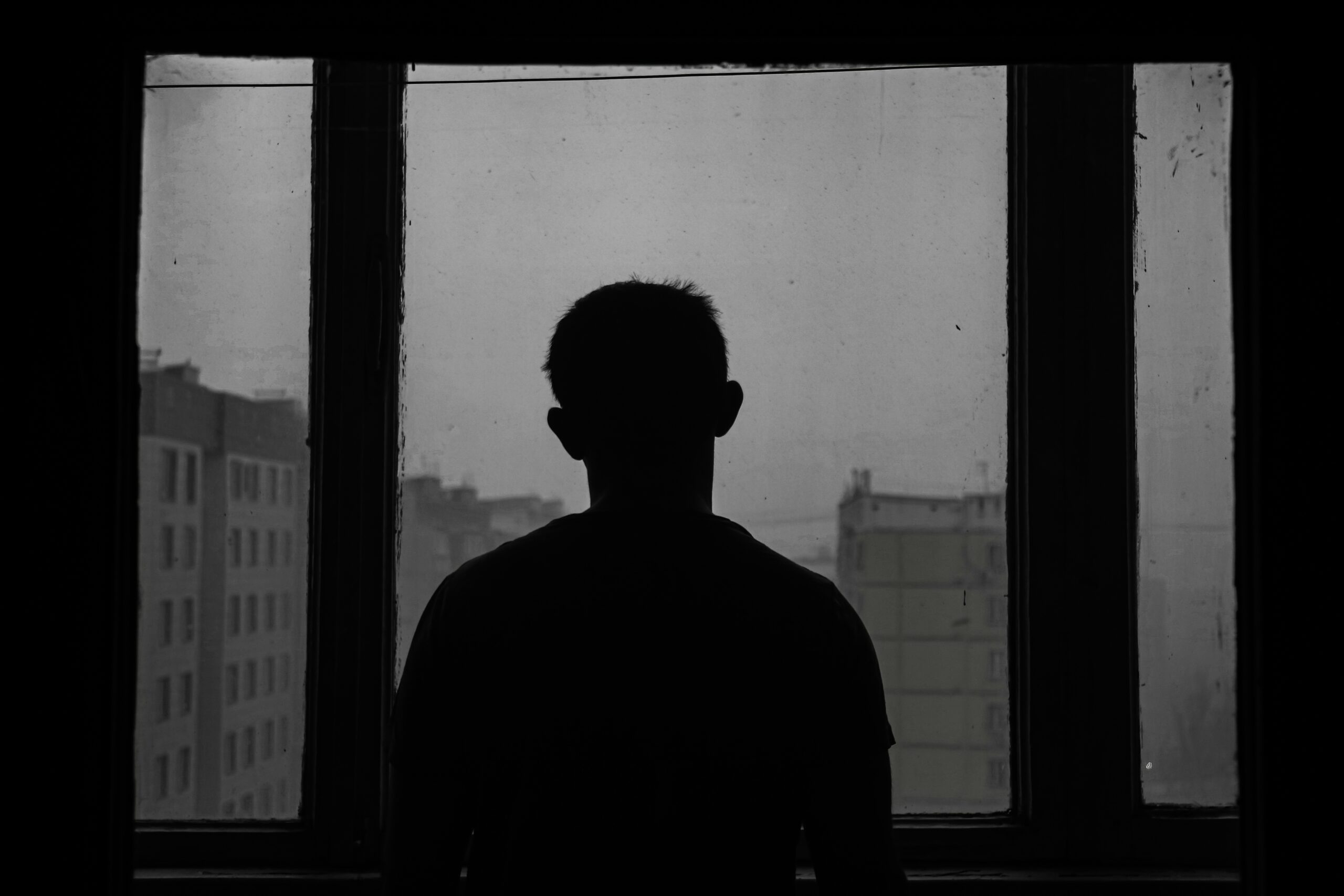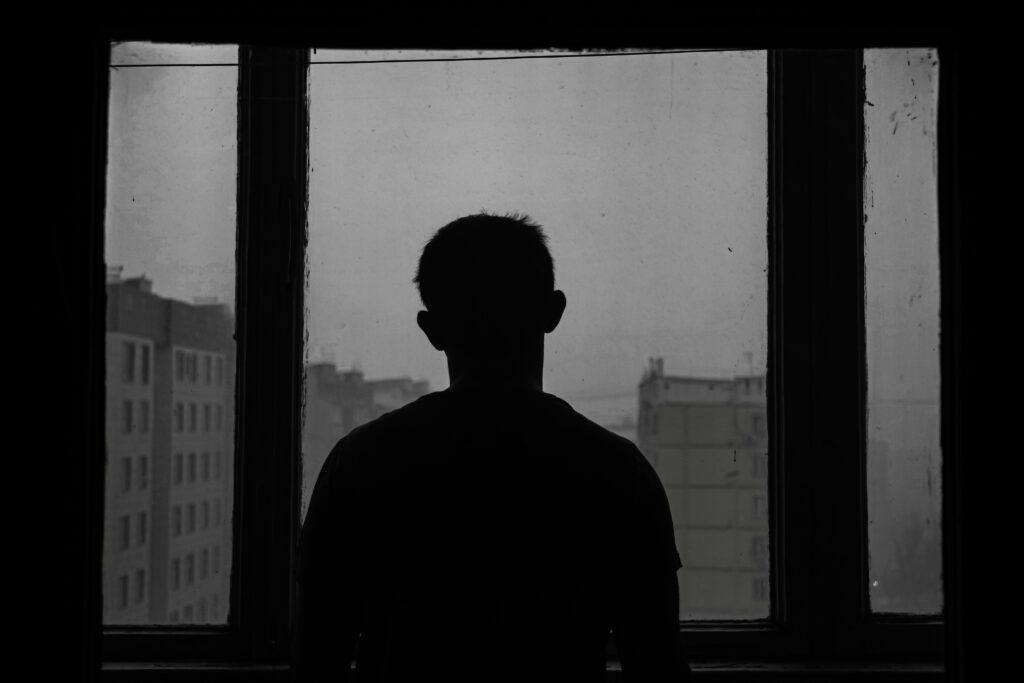Recognizing the Signs of Seasonal Affective Disorder


As the seasons change, so too can our moods. For some individuals, winter brings more than just colder temperatures and shorter days—it can bring about a condition known as Seasonal Affective Disorder (SAD).
Understanding SAD
Seasonal Affective Disorder is a subtype of major depressive disorder that follows a seasonal pattern. It is most commonly associated with the winter months, but some individuals may experience symptoms during the summer. The key factor in SAD is the relationship between mood changes and seasonal variations in light exposure.
Signs and Symptoms
Persistent Sadness: Individuals with SAD often experience persistent feelings of sadness, hopelessness, and despair. These emotions can significantly impact daily functioning.
Changes in Sleep Patterns: SAD may lead to changes in sleep habits, such as oversleeping or difficulty staying asleep. Some individuals may also experience insomnia.
Fatigue and Low Energy: A notable decrease in energy levels and increased fatigue are common symptoms of SAD. Daily tasks that were once manageable may become challenging.
Difficulty Concentrating: Impaired concentration and difficulty focusing on tasks are cognitive symptoms of Seasonal Affective Disorder.
Changes in Appetite: SAD can affect appetite, leading to overeating or, conversely, a loss of interest in food and weight loss.
Withdrawal from Social Activities: Individuals with SAD may withdraw from social activities they once enjoyed, preferring solitude and isolation.
Irritability and Agitation: Increased irritability and agitation can indicate Seasonal Affective Disorder. Small frustrations may become more challenging to handle.
Physical Symptoms: Some individuals may have symptoms that manifest themselves physically, such as headaches, muscle aches, and a general sense of heaviness in the limbs.
Recognizing SAD Patterns
Understanding the cyclical nature of SAD is crucial in recognizing its presence.
Symptoms typically begin in the fall and continue through the winter, with a remission of symptoms in the spring and summer. If you notice a pattern of depressive symptoms recurring around the same time each year, it’s important to consider the possibility of Seasonal Affective Disorder.
If you suspect that you or someone you know is experiencing Seasonal Affective Disorder, seeking professional help is essential. A mental health professional, such as a psychiatrist or psychologist, can diagnose properly and recommend appropriate treatment options.
Treatment Options for SAD
Light Therapy (Phototherapy): Getting some exposure to a bright light that mimics natural sunlight can help regulate mood and alleviate symptoms. Light therapy is often a first-line treatment for SAD.
Psychotherapy: Cognitive-behavioral therapy (CBT) has shown effectiveness in treating SAD by helping individuals identify and change negative thought patterns and behaviors.
Medication: In some cases, antidepressant medications may be prescribed to manage symptoms of Seasonal Affective Disorder.
Lifestyle Changes: Incorporating regular exercise, maintaining a healthy diet, and ensuring proper sleep hygiene can contribute to overall well-being and can help alleviate the symptoms of SAD.
Contact the therapists at Psychological Preventative Health to learn more about the treatment options for SAD.



